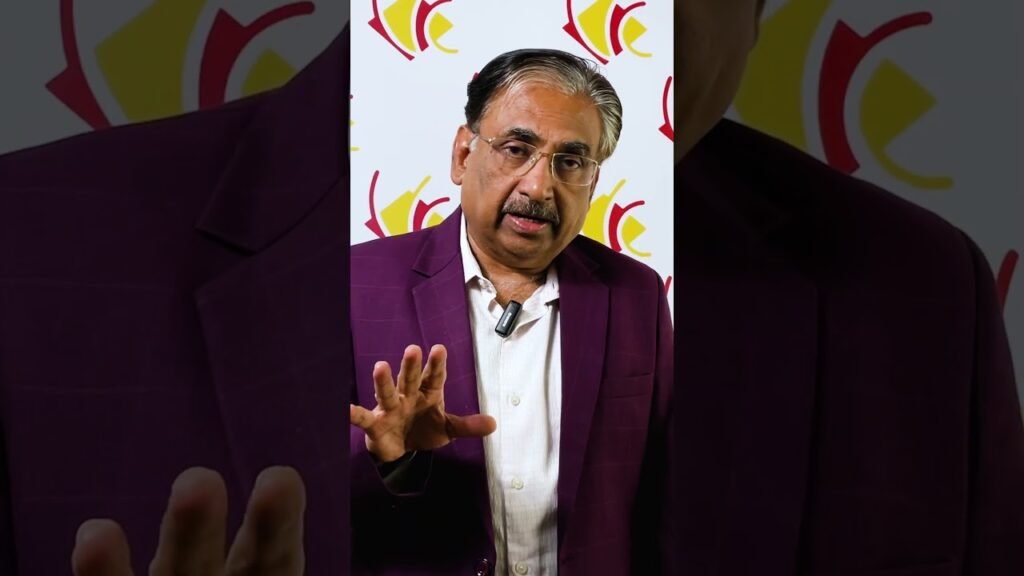Key differences between Minoxidil vs hair transplant
When considering solutions for hair loss, its crucial to understand the key differences between Minoxidil and a hair transplant. Both methods aim to address hair thinning and balding, but they differ significantly in approach, effectiveness, and long-term outcomes.
Minoxidil: A Topical Solution
Minoxidil is a topical treatment that is applied directly to the scalp. It works by stimulating hair follicles, promoting blood flow, and encouraging hair growth over time. Available over-the-counter, it is a non-invasive option for those experiencing early stages of hair loss. However, Minoxidil requires consistent application, and its effects are generally temporary. Once the treatment is discontinued, any new hair growth may be lost, making it a long-term commitment for users seeking sustained results.
Hair Transplant: A Surgical Procedure
In contrast, a hair transplant is a surgical procedure that involves moving hair follicles from a donor site to a balding area. This method offers a more permanent solution to hair loss, as the transplanted hair continues to grow naturally. Hair transplants are typically recommended for individuals with more advanced hair loss or those seeking a more immediate and lasting result. However, the procedure can be costly and requires recovery time, making it a more invasive option compared to Minoxidil.
Cost and Commitment
The cost and commitment associated with Minoxidil and hair transplants also differ considerably. Minoxidil is relatively affordable, but the ongoing cost can accumulate over time due to its continuous usage requirement. On the other hand, a hair transplant involves a higher upfront cost, but the investment can be justified by its potential to offer a permanent solution. Ultimately, the choice between Minoxidil and a hair transplant will depend on individual preferences, the extent of hair loss, and budget considerations.


